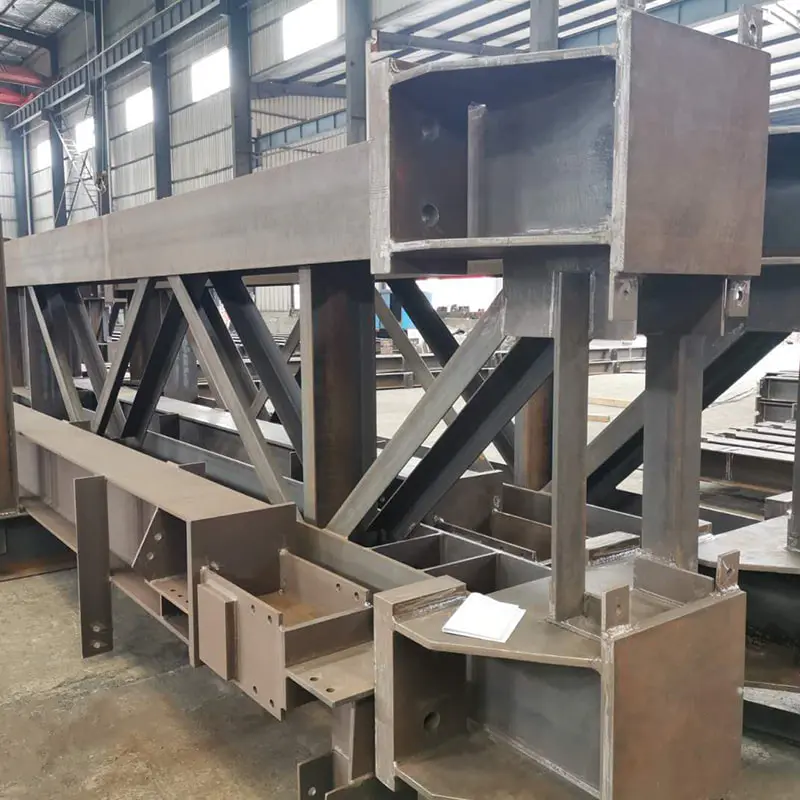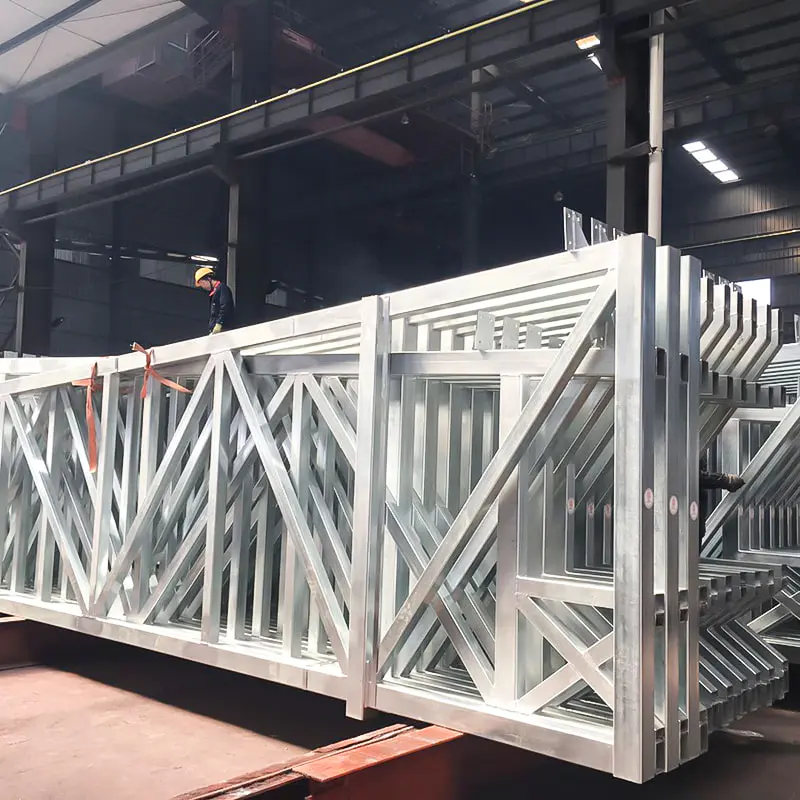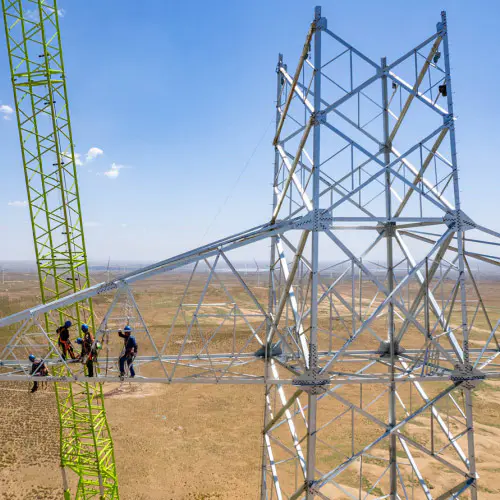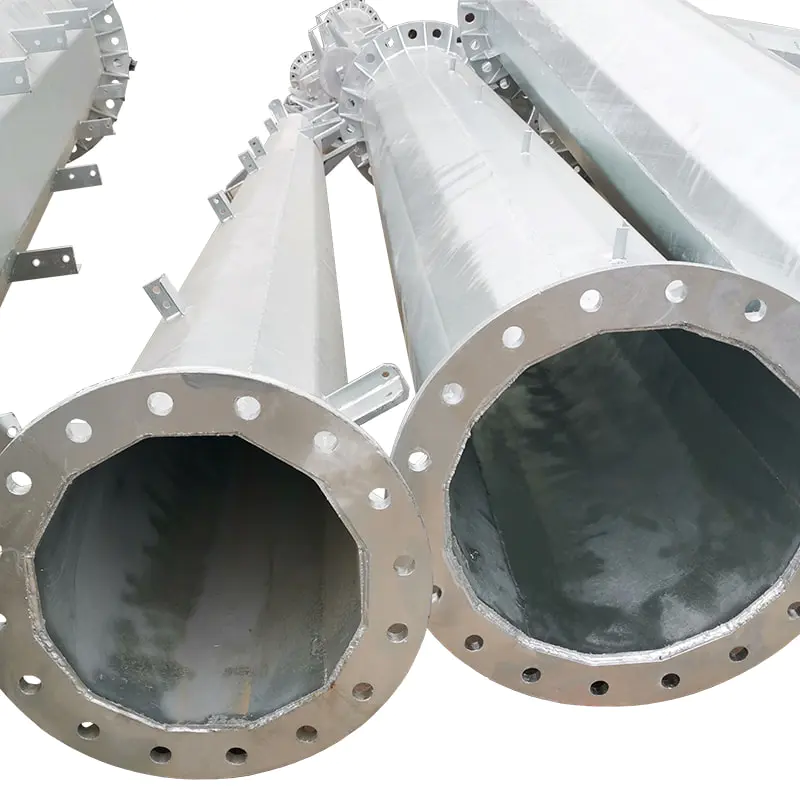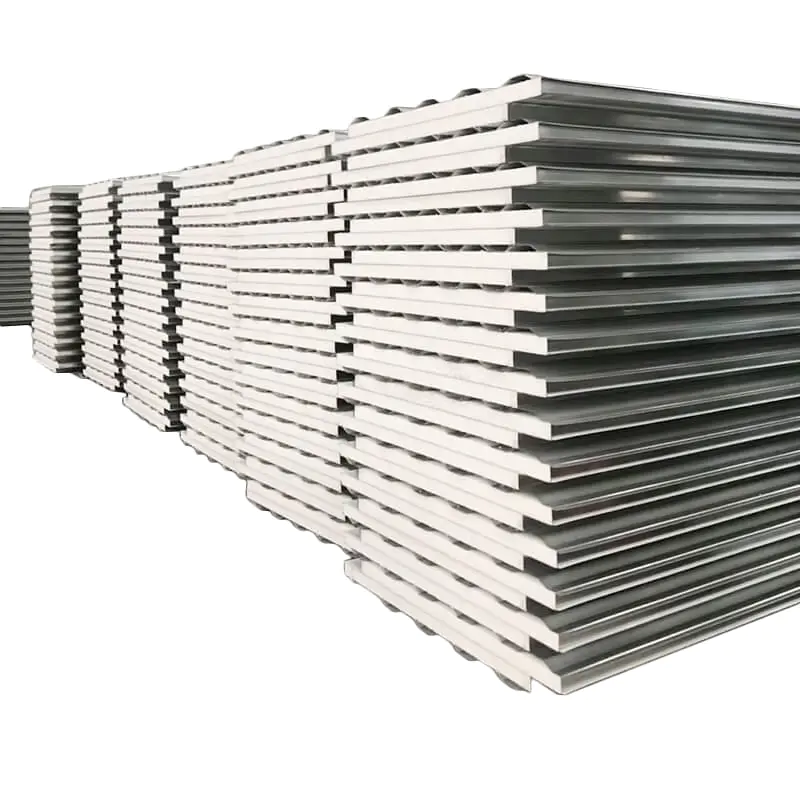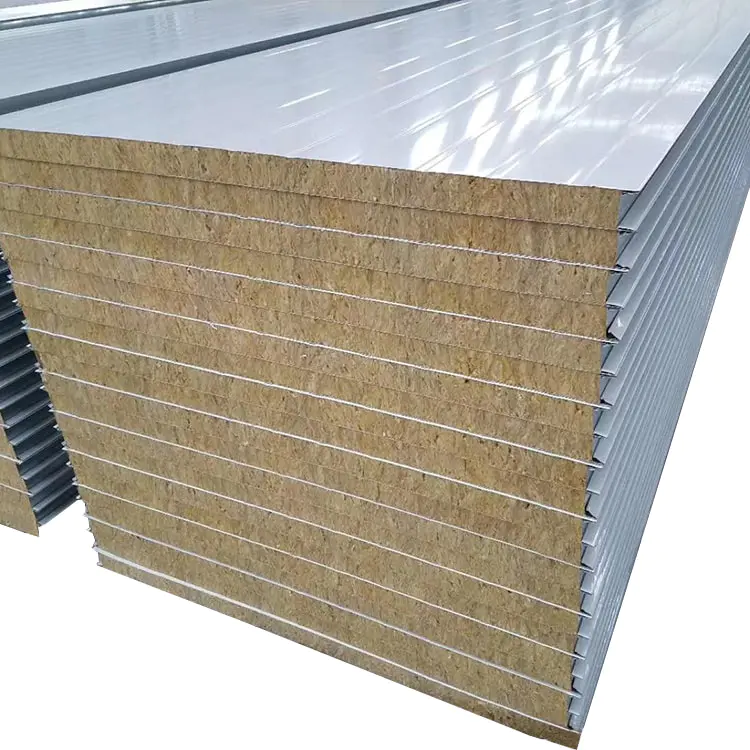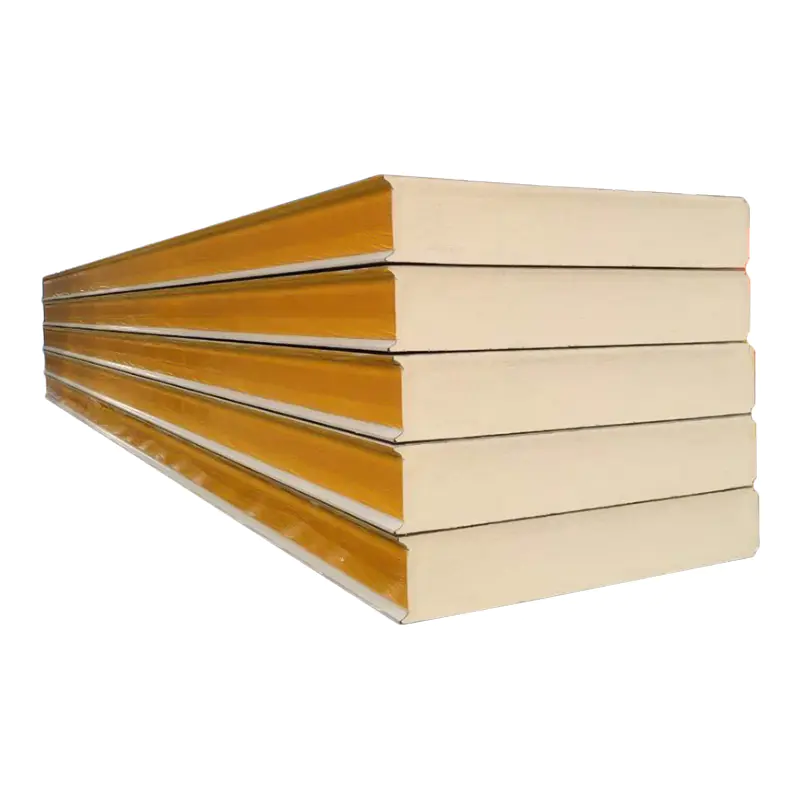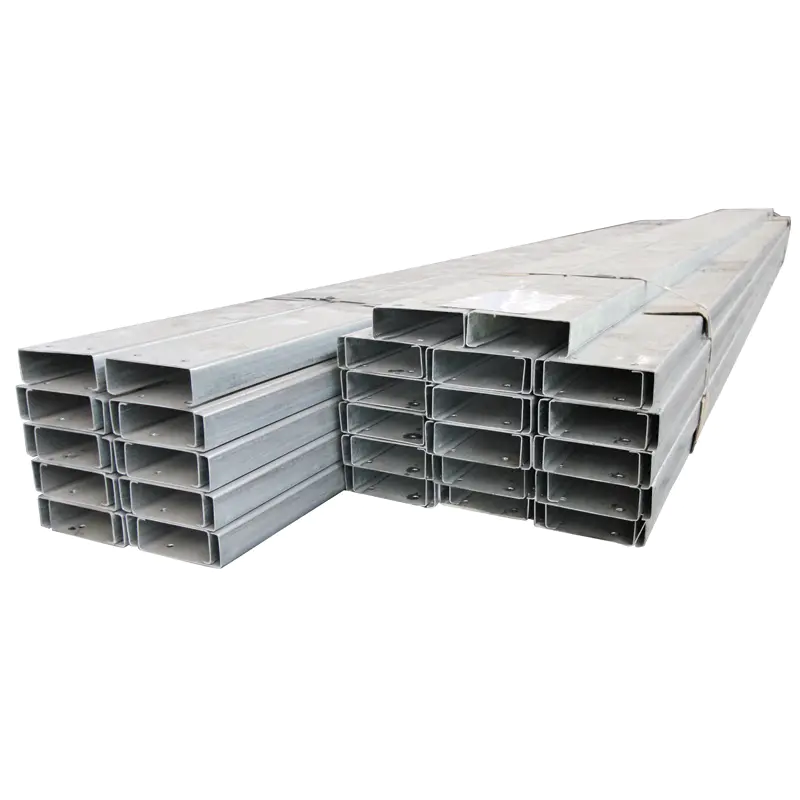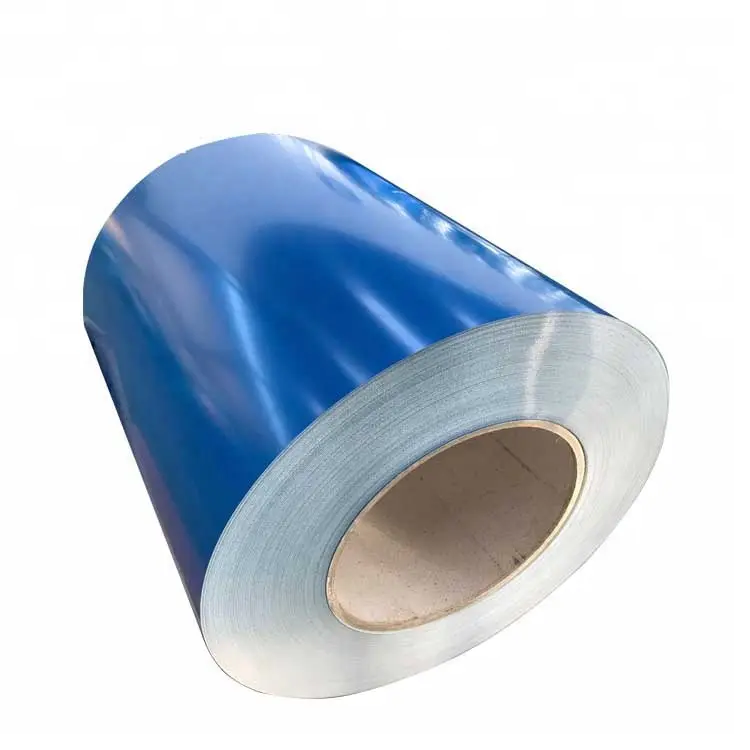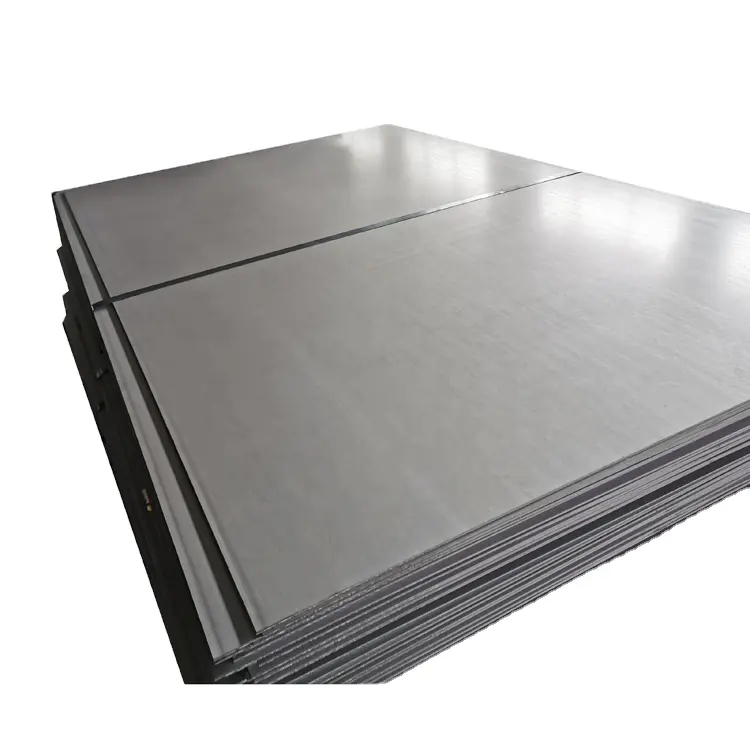Steel purlins—horizontal structural members that support roofing and wall cladding in industrial, commercial, and residential buildings—are critical to load distribution and structural stability. However, their exposure to moisture, UV radiation, industrial chemicals, and temperature fluctuations makes corrosion a persistent threat. According to a 2024 NACE International study, corrosion costs the global construction industry an estimated $2.5 trillion annually, with steel structures accounting for 40% of that total. For steel purlins, which are often exposed to harsh environments, selecting effective long-term anti-corrosion methods is essential to minimizing replacement costs and ensuring structural integrity. Below is a evidence-based guide to the most reliable strategies, grounded in industry standards and engineering best practices.
- 1. Material Selection: Corrosion-Resistant Steel Alloys
- 2. Protective Coatings: Physical and Sacrificial Barriers
- 3. Corrosion Inhibitors: Chemical Protection
- 4. Cathodic Protection (CP): Electrochemical Defense
- 5. Preventive Maintenance: Extending Service Life
- 6. Environmental Mitigation: Reducing Exposure
- Conclusion: Integrated Strategies for Long-Term Protection
1. Material Selection: Corrosion-Resistant Steel Alloys
The foundation of long-term corrosion protection begins with choosing the right steel. High-strength low-alloy (HSLA) steels—engineered with additions of copper, chromium, nickel, and phosphorus—form a thin, adherent passive oxide layer on their surface. This layer acts as a barrier to oxygen and moisture, slowing corrosion over time.
Key Alloys and Standards:
- ASTM A588 (Weathering Steel): Contains 0.20–0.30% copper, which accelerates passive layer formation. Ideal for outdoor purlins in rural or urban environments, where its corrosion rate decreases by 50–70% after the passive layer matures (typically 1–3 years).
- ASTM A709 (Bridge Steel): Includes chromium and nickel for enhanced resistance to salt spray and industrial gases. Commonly used in coastal or industrial settings.
Limitations:
Weathering steel is unsuitable for areas with standing water or high salt concentrations (e.g., coastal zones with frequent fog), as the passive layer may not form uniformly. For such environments, additional protective coatings are recommended.
2. Protective Coatings: Physical and Sacrificial Barriers
Coatings are the most widely used anti-corrosion method for steel purlins, offering a balance of durability, cost-effectiveness, and versatility. Three primary types dominate industrial applications:
a. Hot-Dip Galvanizing (HDG)
Process: Defined by ASTM A123, HDG involves immersing clean, pickled steel purlins in molten zinc (450°C). The zinc reacts with the steel to form a metallurgically bonded coating (1.5–2.5 mils/38–63 microns thick). Protection Mechanism: Dual defense—zinc acts as a physical barrier and provides sacrificial protection (corroding preferentially to steel). Performance: The Galvanizers Association reports a 50-year service life in rural areas and 20–30 years in coastal environments (with proper maintenance). Minor scratches self-heal as zinc oxidizes to form a protective zinc carbonate layer. Limitations: Susceptible to damage from heavy impacts; requires pre-treatment (e.g., acid pickling) to remove mill scale.
b. Powder Coating
Process: Governed by ASTM D7091, electrostatically charged thermosetting polymers (polyester, epoxy) are sprayed onto pre-treated (sandblasted) purlins and cured in an oven (160–200°C). Protection Mechanism: Forms a thick (2–4 mils), uniform coating with excellent adhesion and UV resistance. Performance: Ideal for exposed purlins in sunny climates—tests by the European Coil Coating Association show no significant degradation after 10 years of UV exposure. VOC-free, aligning with LEED and BREEAM standards. Limitations: Sharp edges or complex geometries may require additional coating; surface preparation is critical to prevent delamination.
c. Epoxy Coatings
Process: Two-component systems (resin + hardener) applied via spray or brush. Cures to a tough, chemical-resistant film. Protection Mechanism: Blocks exposure to acids, alkalis, and solvents—common in industrial settings (e.g., chemical plants, wastewater facilities). Performance: ASTM D3359 (adhesion testing) rates epoxy coatings as "excellent" for industrial environments. A topcoat (e.g., polyurethane) is required for UV resistance. Limitations: Can chalk or yellow over time without a topcoat; not recommended for outdoor use without additional protection.
d. Duplex Coating (Combination)
For extreme environments (e.g., coastal industrial zones), duplex coating—combining HDG with a powder or epoxy topcoat—offers superior protection. The zinc layer provides sacrificial defense, while the topcoat adds UV and chemical resistance. Studies show duplex coatings extend service life by 50% compared to single coatings.
3. Corrosion Inhibitors: Chemical Protection
Corrosion inhibitors are compounds that form a protective film on steel surfaces, blocking electrochemical reactions. They are often used in conjunction with coatings for enhanced protection.
Types and Applications:
- Organic Inhibitors (e.g., amine-based): Added to primers or cooling systems. Effective for enclosed spaces (e.g., warehouse attics) where moisture accumulates.
- Inorganic Inhibitors (e.g., chromates): Once common, but restricted due to toxicity (RoHS, REACH).
- Testing Standards: ASTM D1384 (evaluation of inhibitor effectiveness).
Benefits:
- Cost-effective for existing structures (e.g., touch-ups).
- Compatible with most coatings.
Limitations:
- Require regular reapplication (every 1–3 years).
- Ineffective in highly contaminated environments (e.g., heavy oil exposure).
4. Cathodic Protection (CP): Electrochemical Defense
Cathodic protection suppresses corrosion by making the steel purlin the cathode in a galvanic cell. It is primarily used for buried or submerged purlins (e.g., in industrial tanks, marine structures).
a. Sacrificial Anodes
Process: Attaching zinc or aluminum anodes to the purlin. The anode corrodes instead of the steel. Standards: NACE SP0100 (design guidelines). Performance: Ideal for small structures (e.g., utility poles). Anodes last 5–10 years before replacement.
b. Impressed Current CP
Process: Uses an external power source (rectifier) to deliver a protective current to the purlin. Standards: NACE SP0100 (design and maintenance). Performance: Suitable for large or complex structures (e.g., offshore platforms). Monitored via remote sensors (IoT) to ensure current output.
Benefits:
- Highly effective for corrosive environments (e.g., saltwater, acidic soils).
- Extends service life by 20–30 years.
Limitations:
- Requires ongoing monitoring (anode performance, current output).
- Higher initial cost than sacrificial anodes.
5. Preventive Maintenance: Extending Service Life
No anti-corrosion system is permanent—regular maintenance is critical to maximizing durability. ISO 12944 (corrosion protection of steel structures) provides a framework for maintenance based on the corrosion category (e.g., C3 for urban areas, C5 for industrial zones).
Key Practices:
- Inspections: Visual checks for coating damage (e.g., blistering, chipping) every 6–12 months. Ultrasonic testing (ASTM E165) to measure wall thickness loss.
- Touch-Ups: Repair minor coating damage with compatible paints (e.g., zinc-rich primer for HDG).
- Cleaning: Remove debris (leaves, dust) that traps moisture—use low-pressure water or a soft brush.
- Environmental Monitoring: Install humidity sensors in enclosed spaces (e.g., attics) to detect moisture buildup.
6. Environmental Mitigation: Reducing Exposure
Controlling the environment around purlins is a cost-effective way to slow corrosion:
- Drainage: Install gutters, downspouts, and slope roofing to prevent standing water.
- Ventilation: Use ridge vents or soffit vents to reduce humidity in attics (target <60% relative humidity).
- Barriers: For chemical plants, use plastic coatings or concrete encasement to block exposure to corrosive gases.
- Vapor Barriers: Install in roofing systems to prevent moisture penetration to purlins.
Conclusion: Integrated Strategies for Long-Term Protection
Protecting steel purlins long-term requires a tailored, integrated approach—combining material selection, coatings, inhibitors, cathodic protection, and maintenance. Each method has strengths and limitations:
- HDG: Best for outdoor purlins in rural/coastal areas.
- Powder Coating: Ideal for sunny, low-chemical environments.
- Epoxy: Critical for industrial settings with chemical exposure.
- CP: Necessary for buried/submerged purlins.
By aligning these strategies with the purlin’s environment (e.g., coastal vs. industrial) and following industry standards (ASTM, NACE, ISO), engineers and contractors can ensure steel purlins retain their structural integrity for decades. As sustainability becomes a priority, innovations like bio-based coatings and IoT monitoring systems are emerging to enhance durability while reducing environmental impact.


